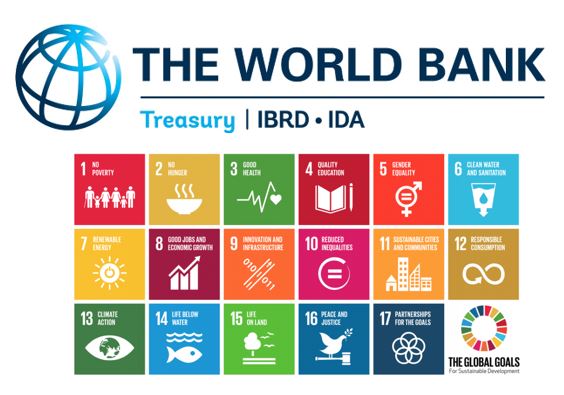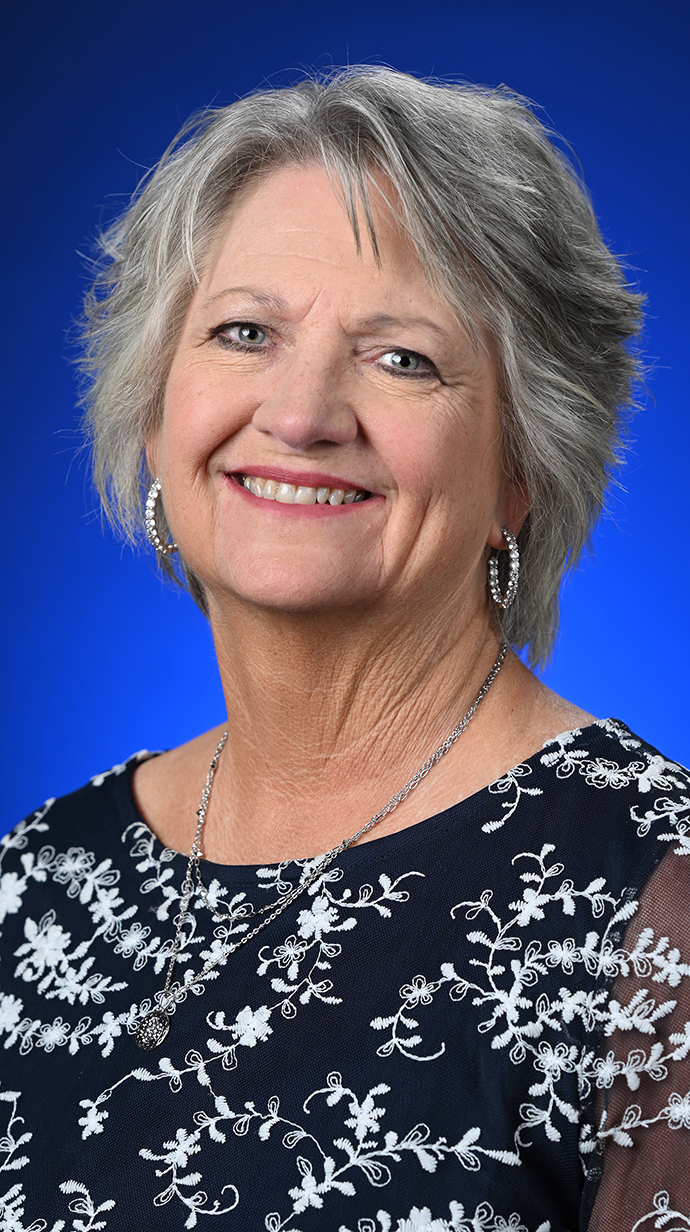Morocco Plans $3.9 Billion in Social Protection Spending for 2025 – Morocco World News

Report on Morocco’s Social Protection and Sustainable Development Agenda
The Kingdom of Morocco is undertaking a significant expansion of its social protection framework, with substantial financial commitments aimed at advancing multiple Sustainable Development Goals (SDGs). This report outlines the key initiatives, financial allocations, and strategic objectives as presented by the government, with a focus on their alignment with the 2030 Agenda for Sustainable Development.
1. Financial Commitments and Poverty Alleviation (SDG 1, SDG 10)
The government has demonstrated a strong financial commitment to reducing poverty and inequality through its social protection system. This investment is a core component of achieving SDG 1 (No Poverty) and SDG 10 (Reduced Inequalities).
- Projected Spending: Government expenditure on social protection is set to increase from MAD 32 billion ($3.2 billion) in 2024 to MAD 39 billion ($3.9 billion) in 2025, with a further rise to over MAD 41 billion ($4.1 billion) projected for 2026.
- Direct Social Assistance: A newly launched program provides direct support to vulnerable populations, directly targeting poverty reduction.
2. Enhancing Public Health and Well-being (SDG 3)
A comprehensive reform of the national healthcare system is underway, reflecting a strategic effort to ensure SDG 3 (Good Health and Well-being) for all citizens.
- Universal Health Coverage: Basic mandatory health insurance has been expanded to cover a wider segment of the population.
- Increased Health Sector Funding: Public funding for healthcare is scheduled to reach MAD 32.6 billion ($3.3 billion) in 2025, a significant increase from MAD 19.7 billion ($2 billion) in 2021.
3. Investment in Quality Education (SDG 4)
The government is advancing its 2022-2026 reform roadmap for the education sector, a critical step towards fulfilling SDG 4 (Quality Education).
- Budgetary Allocation: Over MAD 85 billion ($8.6 billion) has been allocated for 2025.
- Sustained Investment: An additional MAD 9.5 billion ($960 million) will be mobilized annually through 2027 to support the reform.
4. Promoting Decent Work and Economic Growth (SDG 8)
Several initiatives aim to improve labor conditions and provide economic security, contributing directly to SDG 8 (Decent Work and Economic Growth).
- Retirement System Expansion: Pension schemes have been extended to include more categories of workers.
- Unemployment Benefits: The generalization of unemployment benefits is planned for implementation before the end of 2024 to enhance job stability.
- Social Dialogue and Wage Increases: The National Charter for social dialogue has resulted in significant wage improvements affecting 4.25 million workers, with a total cost exceeding MAD 45 billion ($4.5 billion) by 2026.
- A general salary increase of MAD 1,000 ($100) per month, implemented in two stages.
- A 15% increase in the legal minimum wage for non-agricultural sectors.
- A corresponding increase for agricultural workers.
5. Governance and Strategic Outlook (SDG 16)
The government frames these reforms as a strategic transformation of the country’s social model, underpinned by a commitment to sound fiscal management and institutional strength, aligning with SDG 16 (Peace, Justice and Strong Institutions). Authorities have emphasized the goal of rebuilding public finances to create budgetary space for sustainable social and economic progress while ensuring resilience against future challenges.
6. Assessment of Implementation Challenges
Despite the ambitious scale of these reforms and their alignment with the SDGs, a disparity persists between policy objectives and the daily realities for many Moroccans. Significant challenges remain in translating increased funding into tangible improvements. Widespread economic insecurity, limited access to quality public services, and precarious employment conditions continue to affect a large portion of the population, indicating that the full realization of the intended SDG outcomes is still a work in progress.
1. Which SDGs are addressed or connected to the issues highlighted in the article?
SDG 1: No Poverty
- The article extensively discusses Morocco’s social protection program, including direct social assistance for vulnerable groups. This directly aligns with SDG 1, which aims to end poverty in all its forms. The government’s commitment to spend MAD 39 billion in 2025 on social protection is a key effort to provide a safety net for the poor and vulnerable.
SDG 3: Good Health and Well-being
- The article highlights a comprehensive reform of the national healthcare system. It mentions the expansion of basic mandatory health insurance to a wider population and a significant increase in public funding for the health sector, from MAD 19.7 billion in 2021 to a projected MAD 32.6 billion in 2025. These actions are central to achieving good health and well-being for all citizens.
SDG 4: Quality Education
- The government’s advancement of the 2022-2026 education reform roadmap is mentioned. The article specifies a substantial financial commitment, with over MAD 85 billion allocated for 2025 and an additional MAD 9.5 billion to be mobilized annually through 2027. This investment in education, training, and research directly supports the goal of ensuring inclusive and equitable quality education.
SDG 8: Decent Work and Economic Growth
- Several initiatives discussed in the article relate to this goal. These include extending retirement systems, planning to generalize unemployment benefits, and implementing major salary increases for 4.25 million public and private sector workers. Furthermore, the government raised the legal minimum wage, all of which are measures to promote decent work, protect labor rights, and ensure economic security for workers.
SDG 10: Reduced Inequalities
- The article’s focus on a new social model that gives “all Moroccans the right to a decent life” and the implementation of direct social assistance for vulnerable groups address the core of SDG 10. Policies such as salary increases, raising the minimum wage, and expanding social protection are fiscal and wage policies designed to reduce income inequality and support the most disadvantaged segments of the population.
2. What specific targets under those SDGs can be identified based on the article’s content?
Target 1.3: Implement nationally appropriate social protection systems and measures for all, including floors, and by 2030 achieve substantial coverage of the poor and the vulnerable.
- The article directly refers to the government’s fulfillment of its “commitment to expand access to social protection.” It details the launch of a “direct social assistance program” for vulnerable groups and the extension of retirement systems, which are core components of a national social protection system.
Target 3.8: Achieve universal health coverage, including financial risk protection, access to quality essential health-care services…
- The expansion of “basic mandatory health insurance” to cover a “wider population” is a clear step towards universal health coverage. The comprehensive reform and increased funding for the health sector are aimed at improving access to quality healthcare services for all Moroccans.
Target 8.5: By 2030, achieve full and productive employment and decent work for all women and men… and equal pay for work of equal value.
- The article details significant wage adjustments, including a “general salary increase of MAD 1,000 ($100) per month” for 4.25 million workers and a “15% increase for non-agricultural sectors” in the legal minimum wage. These actions are direct measures to ensure decent work and fair remuneration.
Target 10.4: Adopt policies, especially fiscal, wage and social protection policies, and progressively achieve greater equality.
- The entire suite of reforms described—increased spending on social protection, healthcare, education, salary hikes, and minimum wage increases—represents the adoption of fiscal, wage, and social protection policies. The article states these are part of a “broader ambition to reshape its social model” and give all Moroccans a “decent life,” which directly aligns with the goal of using policy to achieve greater equality.
3. Are there any indicators mentioned or implied in the article that can be used to measure progress towards the identified targets?
Financial Investment as an Indicator
- The article provides specific financial figures that serve as direct indicators of government commitment and resource allocation.
- Social Protection Spending: “MAD 39 billion ($3.9 billion) in 2025” and “MAD 41 billion ($4.1 billion) in 2026.” This measures the financial input towards Target 1.3.
- Healthcare Funding: Public funding for health is set to reach “MAD 32.6 billion ($3.3 billion) in 2025,” up from “MAD 19.7 billion ($2 billion) in 2021.” This tracks progress on Target 3.8.
- Education Budget: “Over MAD 85 billion ($8.6 billion) has been allocated for 2025, with an additional MAD 9.5 billion ($960 million) to be mobilized each year through 2027.” This is a key indicator for SDG 4.
- Cost of Wage Increases: The total cost of salary raises “will exceed MAD 45 billion ($4.5 billion) by 2026,” indicating the scale of the policy for Target 8.5.
Population Coverage and Benefit Levels as Indicators
- The article implies or states metrics related to the reach and impact of the policies.
- Coverage of Social Protection: The article mentions that basic mandatory health insurance “now covers a wider population” and retirement systems have been “extended to include more categories of workers.” While not quantified, this points to an increase in the proportion of the population covered (Indicator 1.3.1).
- Number of Beneficiaries: The salary increases benefit “4.25 million people, including 1.25 million public sector employees and 3 million private sector workers,” providing a clear indicator of the policy’s reach.
- Wage Increase Levels: The “general salary increase of MAD 1,000 ($100) per month” and the “15% increase” in the minimum wage are specific, measurable indicators of progress towards decent work (Target 8.5).
Policy Implementation as an Indicator
- The article points to the establishment of new programs and frameworks as an indicator of progress.
- The plan to “generalize unemployment benefits before the end of this year” is a milestone indicator for strengthening the social safety net under SDG 1 and SDG 8.
- The activation of the “National Charter for institutionalizing social dialogue” is an indicator of progress in protecting labor rights and promoting decent work (related to Target 8.8).
4. Table of SDGs, Targets, and Indicators
| SDGs | Targets | Indicators |
|---|---|---|
| SDG 1: No Poverty | 1.3: Implement nationally appropriate social protection systems and measures for all. |
|
| SDG 3: Good Health and Well-being | 3.8: Achieve universal health coverage. |
|
| SDG 4: Quality Education | General advancement of quality education through the 2022-2026 reform roadmap. |
|
| SDG 8: Decent Work and Economic Growth | 8.5: Achieve full and productive employment and decent work for all. |
|
| SDG 10: Reduced Inequalities | 10.4: Adopt policies, especially fiscal, wage and social protection policies, and progressively achieve greater equality. |
|
Source: moroccoworldnews.com

What is Your Reaction?
 Like
0
Like
0
 Dislike
0
Dislike
0
 Love
0
Love
0
 Funny
0
Funny
0
 Angry
0
Angry
0
 Sad
0
Sad
0
 Wow
0
Wow
0













































































